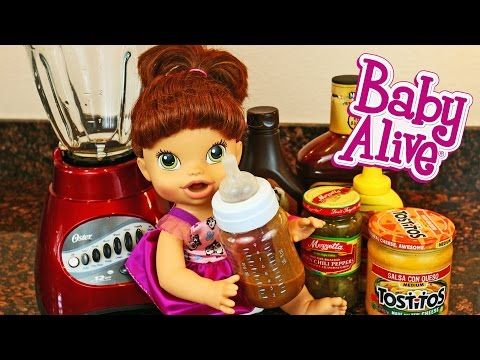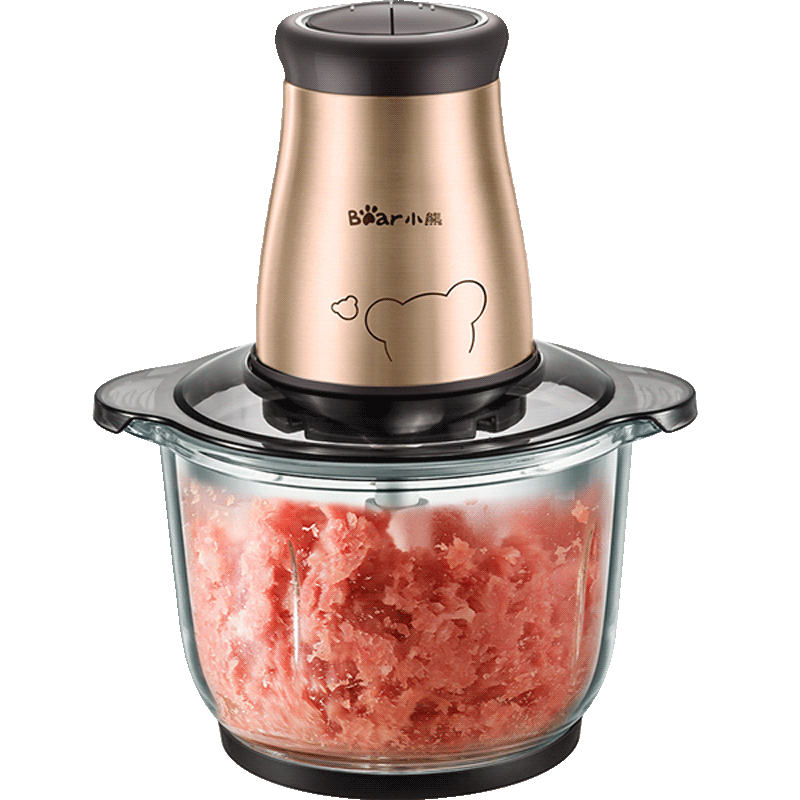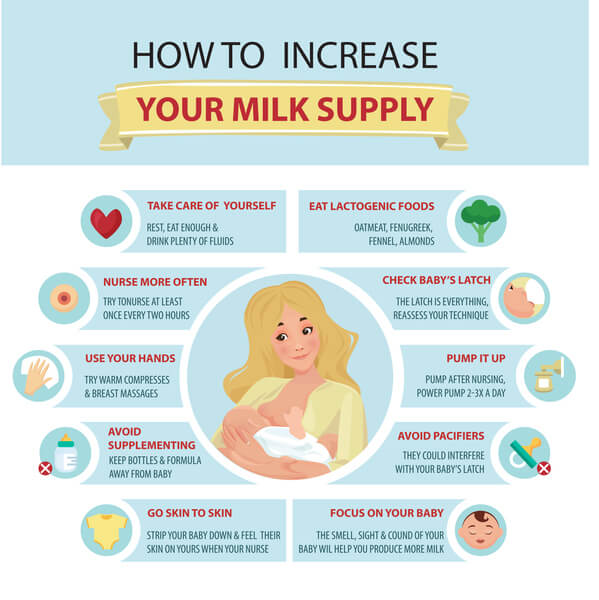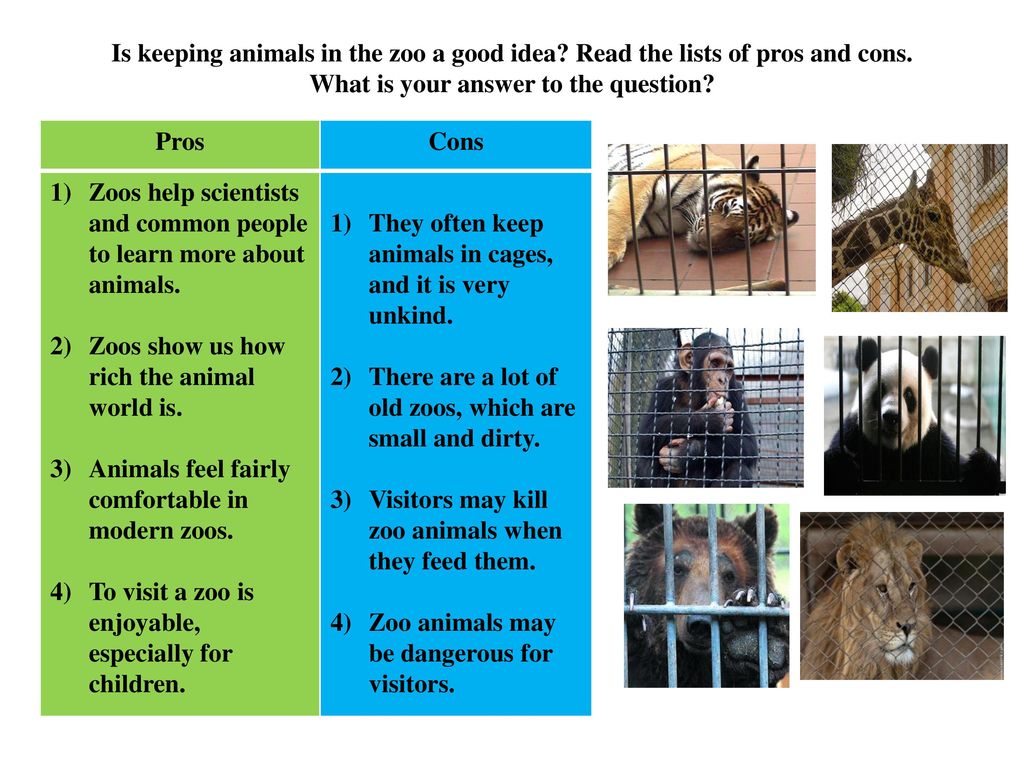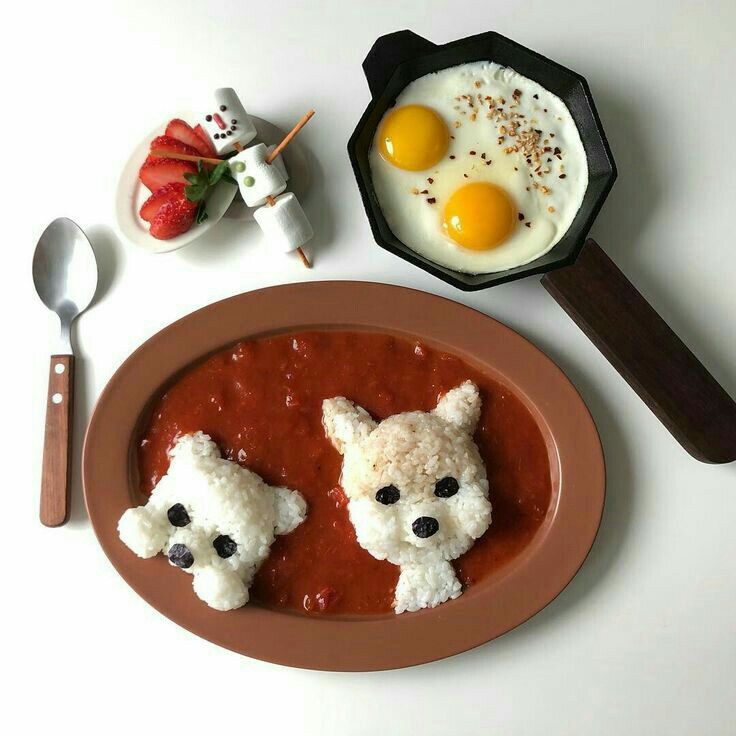Artificial breast for baby feeding
Breastfeeding Dads Are Possible With This New Device
Even when partners want to divide parenting duties equally, breastfeeding can make it tricky. It’s simply not possible for fathers to take on nursing duty—but what if there was such a thing as breastfeeding dads?
At the SXSW festival in Austin, Texas, Dentsu (a tech firm from Japan) showcased its new breastfeeding system known as the Father’s Nursing Assistant
The wearable device lets dads feed babies as mom would, and promotes skin-to-skin contact between fathers and infants. One of the fake “breasts” holds the milk or formula and the other contains the nipple system, so the baby can only nurse on one side. The device doesn’t just feed the baby, it also tracks data about the baby’s nursing sessions and transmits the info to the dad’s smartphone.
According to Dentsu, the device was created with “advice from pediatricians and babysitters, who say that babies tend to touch the breast with their hands when feeding and that the softness seems to soothe them, the product has been shaped to resemble a woman’s breasts. ”
It’s not for sale yet, but it will be interesting to see if the device’s appearance at SXSW prompts more innovation in skin-to-skin systems for dads, and breastfeeding dads.
Meanwhile, a design student in the UK, Marie-Claire Springham, has invented a “chestfeeding” kit that could help fathers induce lactation and nurse their babies. The invention won the Grand Trophy prize at the Meaning Centred Design Awards 2018, and Springham hopes to make it available to consumers within five years.
The kit contains a pump and a compression vest, and it also contains hormones. Fathers-to-be would start taking progestin as soon as they learned they’re going to be a dad, and six weeks before the due date they’d start taking domperidone, which would trigger hormones to start milk production.
When baby arrives, mom and dad could take turns nursing and pumping.
During a recent television appearance on Good Morning Britain Springham explained that she designed the kit as an empathy tool. “I was looking at post-natal depression and I learnt so much, particularly that it occurs in men and the main cause of that is the feeling of being left out,” she explained.
“I was looking at post-natal depression and I learnt so much, particularly that it occurs in men and the main cause of that is the feeling of being left out,” she explained.
“I read a lot of heartfelt accounts, the dad comes home all ready to be Super Dad and the baby’s not interested because the baby’s attracted to the smell of breast milk and that’s what mum smells like,” she continued.
Springham has received plenty of backlash regarding her invention, with media personalities including Piers Morgan (who is also pretty famously against dads wearing Baby Bjorns) ridiculing it.
View this post on Instagram
A post shared by Ginger Design Studio (@ginger_designstudio)
But Julie Jenson Bennett, the CEO of Precipice Design and jury chair of the Meaning Centred Design Awards was impressed by Springham’s kit, and sees potential.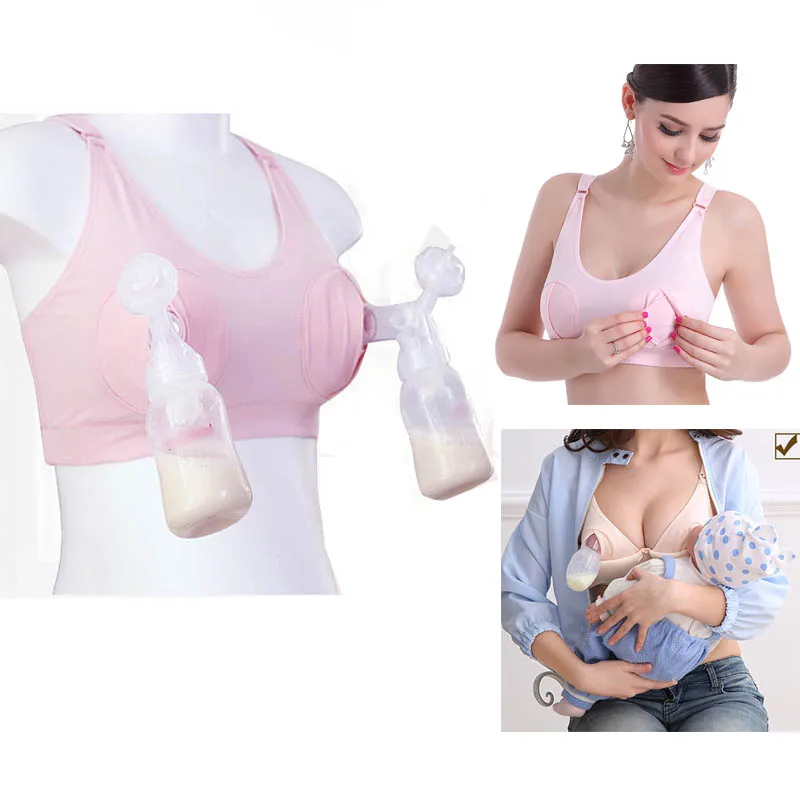 “It challenges the fundamental meanings of male and female, father and mother, parent and child. At a time when we increasingly use hormones, medication and technology to change the life options available to us, Marie-Claire’s design concept goes right to heart of our taboos,” says Bennett.
“It challenges the fundamental meanings of male and female, father and mother, parent and child. At a time when we increasingly use hormones, medication and technology to change the life options available to us, Marie-Claire’s design concept goes right to heart of our taboos,” says Bennett.
The idea of fathers taking hormones to stimulate milk production may be new, but the benefits of breastfeeding dads feeding and connecting with their babies through skin-to-skin contact isn’t.
Dads have been hacking their own chestfeeding kits using bottles (so without the hormones) for a long time, and some dads have even been able to “nurse” their babies using supplemental feeding systems (basically a tube and suction cup attached to the nipple).
Springham estimates it will take about five years before her kit could be in the hands of consumers, but it could be a game-changer for families struggling with infant feeding.
It’s not going to appeal to all dads, but it would be cool for them to have the choice if they wanted to try it.
In the meantime, fathers can help out their breastfeeding partners by supporting them. Just sitting with them, getting them a glass of water, or doing the laundry that she can’t do because she’s nursing are all forms of support.
Researchers note that “paternal emotional, practical and physical supports [have been] identified as important factors to promote successful breastfeeding and to enrich the experience for the mother and subsequently the father.”
Registered Midwife CJ Blennerhassett previously told Motherly that while couples often imagine sharing the baby duties equally, in reality the nursing parent will be doing the majority of work involved in the feeding. “Partners and members can find other ways to support that workload,” Blennerhasset says. “That’s okay.”
[A version of this post was originally published February 27, 2019. It has been updated.]
You might also like:
- Dad goes viral for ‘breastfeeding’ while mama recovered from C-section
- The Rock proves how dads can support a breastfeeding mama
- This dad’s bottle-feeding hack is genius—and hilarious
Meet the genius new baby bottle that imitates mum’s breast
Step aside regular baby bottles, you have no power here!
If there’s one thing any breastfeeding mama will tell you, it’s that as much as they love this special once-in-a-lifetime (for our babies, at least) experience, they would give almost ANYTHING for just a teeny tiny break from the breastfeeding merry-go-round so they could give their boobs a little holiday for a few measly hours! But for many, this is impossible.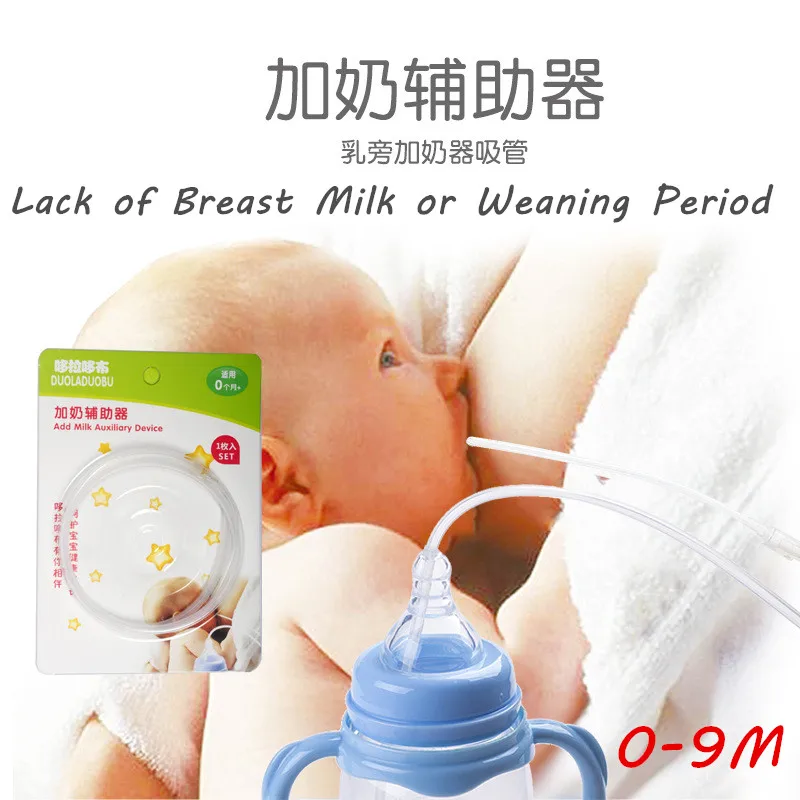 Many babies struggle to switch between the natural breast and the silicone teat of a baby bottle, which can result in nipple confusion, or even milk refusal.
Many babies struggle to switch between the natural breast and the silicone teat of a baby bottle, which can result in nipple confusion, or even milk refusal.
And if there’s anything that belongs in the ‘too hard basket’, it’s messing with your baby’s feeding.
Until now!
Meet the Nanobébé bottle
In the first step forward in baby bottle design in many years, finally, someone has created a bottle that imitates the breast so baby doesn’t get confused when fed via the bottle.
And can you believe, it was a dad? Yep, this very clever bottle, the Nanobébé was designed by a dad who wanted to feed his baby so his wife could get some rest and not have to wake during the night to feed.
Praise be, can we ALL have one of these partners, please?
Feeding – but not as you know it
Nanobébé is the first bottle to imitate the breast and preserve vital breastfeeding ingredients when used to feed your baby expressed breastmilk from Mum.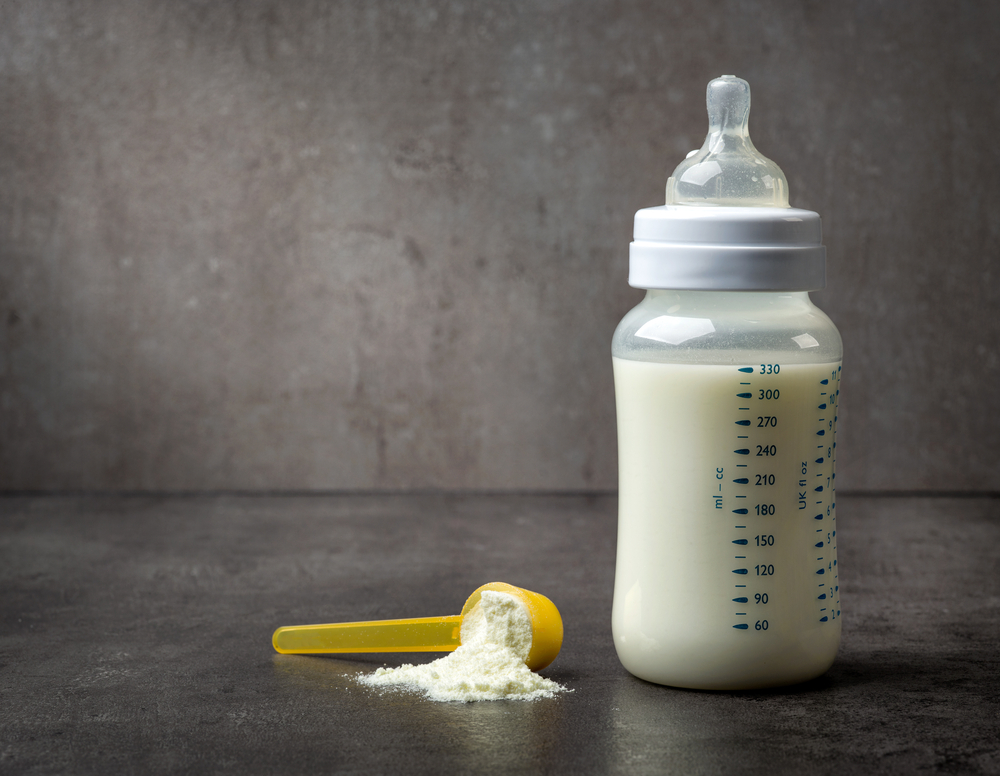
According to the website, “Bottle shapes have remained the same, not because this is the best way to feed your baby but because this was the cheapest and easiest way to store liquid.”
What makes this special bottle so special?
Not only has Business Insider reviewed this genius bottle and decreed that “the Nanobébé bottle might just be the next best thing to mom’s breast”, it has also been featured on the cover of TIME Magazine and included as one the ‘Best Inventions 2018’.
And here’s why:
Instead of the typical cylindrical shape of traditional baby bottles, the Nanobébé bottle is shaped like a breast and spreads the breast milk out into a thinner layer which allows it to warm up faster without damaging the milk’s nutrients.
Coupled with the Nanobébé’s smart warming bowl, “this multi award-winning bottle has been specifically designed to preserve breast milk nutrients. Because of nanobébé’s unique geometry, heat travels a much shorter distance to reach all of the milk.![]() This results in faster cooling, reducing bacterial growth and quick and even warming, which protects nutrients,” the website explains. “In fact, nanobébé’s bottle warms at least 2X faster than standard bottles.”
This results in faster cooling, reducing bacterial growth and quick and even warming, which protects nutrients,” the website explains. “In fact, nanobébé’s bottle warms at least 2X faster than standard bottles.”
Genius, right?
From breast to bottle and back again
Aside from the wonderful benefits of shorter warming time and reducing the risk of bacteria forming, the Nanobébé helps give mum a chance to get some support with breastfeeding as well as have the comfort of knowing baby is more likely to transition back to breastfeeding after expressed feeds with Nanobébé.
Mums deserve more time to care for themselves during the most intense time of their lives and any product that helps towards that goal is absolutely worth investigating, in our books.
Individual Nanobébé bottles are available via Rochilou and cost just $17.99 – or you can get yourself all set up with the Nanobébé starter pack now.
Posted on by Suze English
Get more babyology straight to your inbox
Join now
everything women need to know about surgery
Women who are preparing for plastic surgery worry about not being able to breastfeed in the future. Mammologists say that most patients do not have any problems with feeding the baby. But keep in mind that a variety of factors can affect the possibility of breastfeeding.
Mammologists say that most patients do not have any problems with feeding the baby. But keep in mind that a variety of factors can affect the possibility of breastfeeding.
Breastfeeding with implants
Modern implants are safe and do not adversely affect milk. However, the nuances of plastic surgery can affect the duration and success of feeding.
1. Type of cut.
A plastic surgeon can incise the skin of the breast in several ways. Periareolar incision is made along the outer edge of the areola. There is a possibility of damage to the nerve endings around the nipple, lobules of the mammary glands. A woman may feel pain during feeding. A safer option: a transaxillary incision, which is performed at the edge of the breast or in the armpit.
The safest access is under the breast in the submammary fold. With this access, the breast tissue is not damaged. This approach is most favorable if breastfeeding is planned.
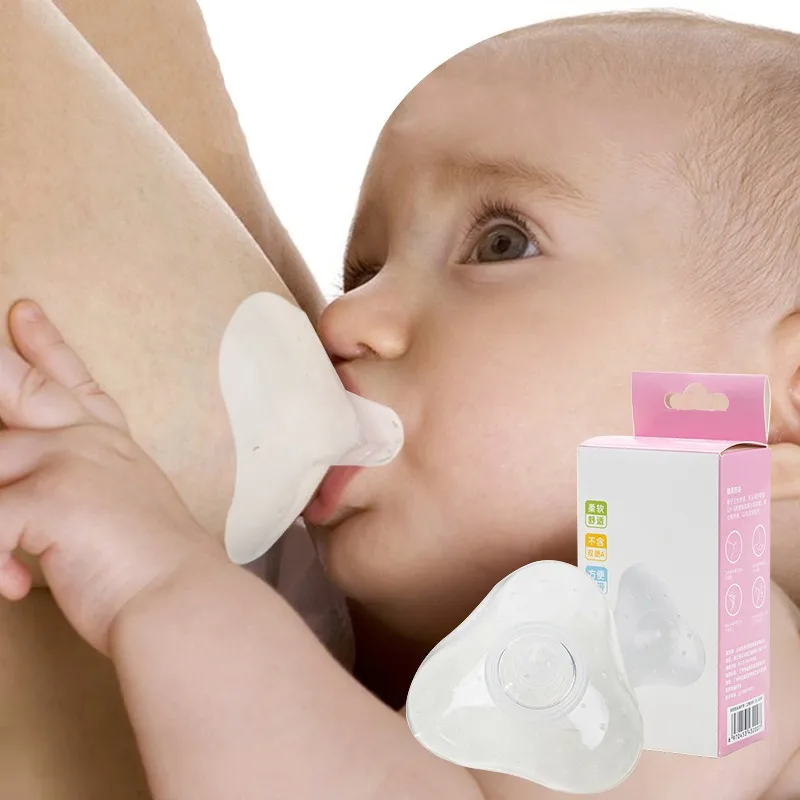
2. Implant placement method.
There are two ways to place the implant: under the pectoral muscle or above it. An implant placed over the breast may interfere with milk secretion. However, hypogalactia does not mean that the baby will remain hungry. A safer method for breastfeeding: placement of the implant under the muscle.
3. Duration of the recovery period.
A woman's body undergoes changes during pregnancy. In particular, the number of lobules in the mammary glands increases, the body's ability to heal and self-repair worsens. Women who have undergone surgery long before pregnancy have little to no problems with breastfeeding. It is not recommended to undergo plastic surgery immediately before conception. There is an increased risk of seam divergence, displacement of implants during pregnancy.
Also, breastfeeding experts advise paying attention to the speed of tissue healing. It is very important to monitor the mammary glands for women who become pregnant soon after surgery.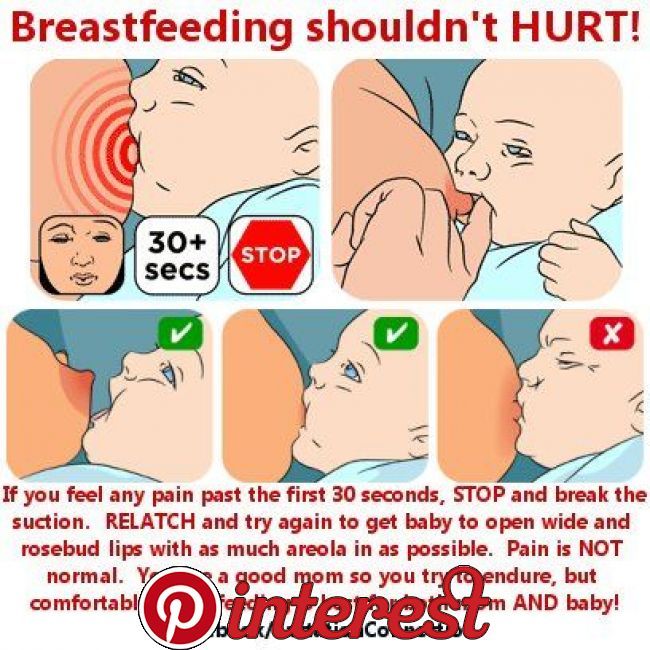 The use of special care products, daily wearing of bandages will prevent the development of complications. In any case, it must be remembered that mammoplasty is not considered a contraindication to breastfeeding.
The use of special care products, daily wearing of bandages will prevent the development of complications. In any case, it must be remembered that mammoplasty is not considered a contraindication to breastfeeding.
Will a woman be able to breastfeed after other types of plastic surgery
Properly performed surgery for skin breast lift will not affect a woman's ability to feed. For example, a breast lift allows you to lift your breasts. During the operation, the specialist removes excess skin from the mammary glands. There is a small risk that during pregnancy the breasts will begin to grow rapidly and sag again. However, the ability to feed the baby will not be lost.
Patients who have undergone breast reduction (reduction mammoplasty) are also often asked if further breastfeeding will be possible. Indeed, during the operation, doctors remove not only excess skin, fat, but also additional lobules. The process of breastfeeding itself remains possible, but there is a risk of developing hypogalactia.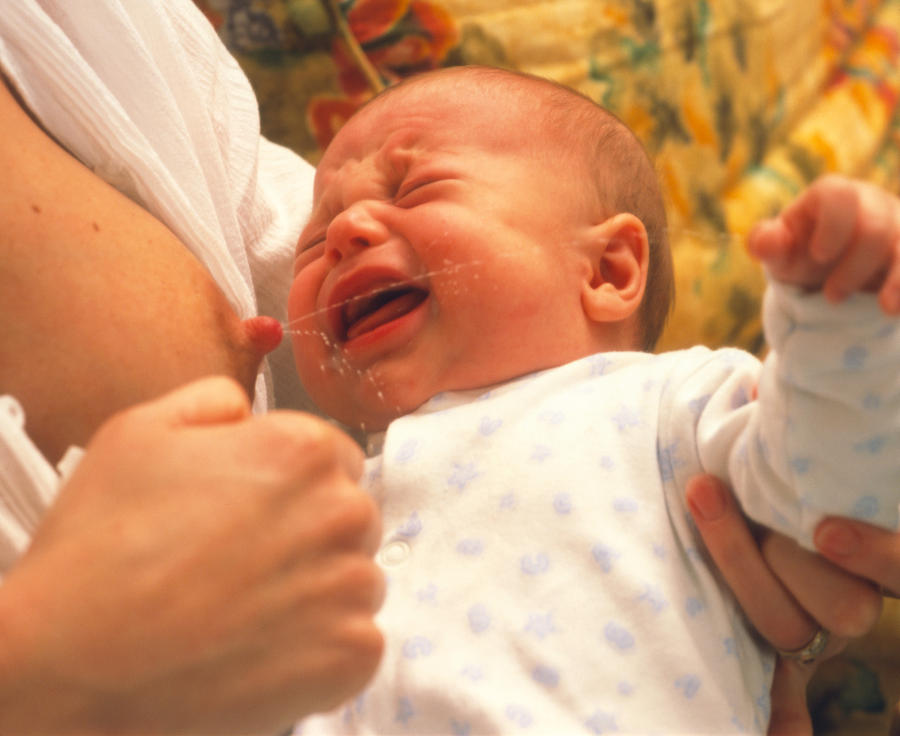 In the case of a breast lift or resection, foreign elements are not introduced into the mammary glands, so the milk will not be exposed to synthetic components.
In the case of a breast lift or resection, foreign elements are not introduced into the mammary glands, so the milk will not be exposed to synthetic components.
An experienced plastic surgeon will explain to the patient the advantages and disadvantages of each type of surgery. To avoid complications, it is necessary to choose trusted doctors with extensive experience.
Ministry of Health
Difficult to overestimate benefit of mother's milk for a newborn baby. This natural the process is irreplaceable in its value, but today more and more often it prefer artificial feeding. How to improve lactation to spend this period for yourself and your baby with the maximum benefit, the chief freelance pediatrician of the Health Center will tell "Perspective" Olga Vladimirovna Vlasova.
- Olga Vladimirovna lactation occurs?
- Lactation is the natural process of milk formation in the mammary glands, followed by selection. Lactation naturally develops after childbirth and due to the corresponding hormonal background. Development of sufficient the amount of milk for breastfeeding occurs under the influence of three hormones - placental lactogen, prolactin and oxytocin. It is them balanced intake into the blood determines the course of lactation. The duration of lactation is measured by dramatically different time periods. intervals - from several months to several years. It is also considered normal a very wide time period - from 5 to 24 months. In the first few weeks after childbirth, the amount of milk released from the breast may fluctuate, it usually becomes stable by 6-12 days of the postpartum period. From now on milk produced is designed to provide adequate nutrition to the newborn for at least the next 3-6 months. Synthesis of hormones responsible for lactation designed in such a way that milk will cease to be produced after 1-2 weeks after the woman stops breastfeeding or in a substantial way interfere with the flow of milk.
Lactation naturally develops after childbirth and due to the corresponding hormonal background. Development of sufficient the amount of milk for breastfeeding occurs under the influence of three hormones - placental lactogen, prolactin and oxytocin. It is them balanced intake into the blood determines the course of lactation. The duration of lactation is measured by dramatically different time periods. intervals - from several months to several years. It is also considered normal a very wide time period - from 5 to 24 months. In the first few weeks after childbirth, the amount of milk released from the breast may fluctuate, it usually becomes stable by 6-12 days of the postpartum period. From now on milk produced is designed to provide adequate nutrition to the newborn for at least the next 3-6 months. Synthesis of hormones responsible for lactation designed in such a way that milk will cease to be produced after 1-2 weeks after the woman stops breastfeeding or in a substantial way interfere with the flow of milk.![]() Breast emptying is an important component of lactation, since stagnation of secretion in the alveoli and ducts cause suppression of lactation. Quantity produced milk ranges from 600 to 1300 ml per day.
Breast emptying is an important component of lactation, since stagnation of secretion in the alveoli and ducts cause suppression of lactation. Quantity produced milk ranges from 600 to 1300 ml per day.
- What are the benefits breastfeeding?
- Not to be underestimated benefits for the child's body, received by him from mother's milk. Pediatricians and neonatologists actively disseminate information about why the most modern milk formulas are not able to replace the real milk produced during lactation. Therefore, it is necessary to make every effort to prolong the period of breastfeeding as much as possible, and the first difficulties with lactation should not be the reason for its appropriate completion. The use of milk formulas cannot be avoided by women, recovery and maintenance of lactation in which it is not possible due to physiological features.
- What is the use breastfeeding for a baby?
- Healthcare organizations to study the benefits and advisability of breastfeeding approach from a wide variety of angles, conduct a lot of research to recreate an artificial analogue of human milk.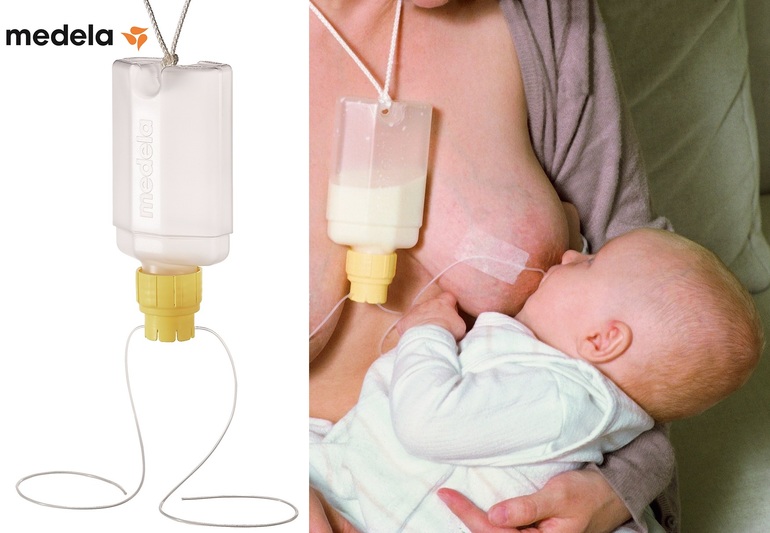 This is dictated primarily the fact that circumstances are often created when breastfeeding is not seems possible. If for some women this is high employment or forced being away from the baby every hour, then for others it is the lack of milk immediately after childbirth or its final cessation within a few months. Women who are unable to lactate due to physiological causes, only 3-8%. These cases include hormonal pathologies. or diseases of the organs of internal secretion, physiological infantilism or late birth (after 35 years). One way or another, but an innovative product is created and is constantly being improved, but still does not reach the quality of the present milk.
This is dictated primarily the fact that circumstances are often created when breastfeeding is not seems possible. If for some women this is high employment or forced being away from the baby every hour, then for others it is the lack of milk immediately after childbirth or its final cessation within a few months. Women who are unable to lactate due to physiological causes, only 3-8%. These cases include hormonal pathologies. or diseases of the organs of internal secretion, physiological infantilism or late birth (after 35 years). One way or another, but an innovative product is created and is constantly being improved, but still does not reach the quality of the present milk.
- Why?
- Maternal milk has a unique and inimitable composition. Analogues created many natural substances, but mother's milk cannot be recreated This is a fact recognized by physicians and scientists. Characteristics of women's milk lies in the fact that it is unique in the literal sense of the word, that is, the milk of a particular woman is indispensable and unique for a particular baby, it also changes depending on the needs of a small organism and during its growth and development. What we managed to learn about the composition of human milk: 87% consists of water, biologically active and easily digestible. Carbohydrates in the breast milk is lactose, under the influence of which iron and calcium are absorbed, the central nervous system is formed, it also contributes to the growth of bifidum and lactobacilli; fats in breast milk is a lipase, the highest concentration of which is found in the so-called "back" milk, which the baby sucks out at the end of feeding; proteins in breast milk - this is only 1% of the total mass, decreasing in more mature milk; more a high concentration of proteins can overload the baby's kidneys and disrupt it digestion. Vitamins and trace elements are uniquely presented in mother's milk (iron, calcium, potassium, sodium, zinc, phosphorus, magnesium), contributing to the formation of natural immunity in a baby and carrying unique information about maternal experience. Baby from birth adapted to the consumption of ordinary food due to the underdevelopment of its digestive tract, the formation of which occurs with each sip mother's milk.
What we managed to learn about the composition of human milk: 87% consists of water, biologically active and easily digestible. Carbohydrates in the breast milk is lactose, under the influence of which iron and calcium are absorbed, the central nervous system is formed, it also contributes to the growth of bifidum and lactobacilli; fats in breast milk is a lipase, the highest concentration of which is found in the so-called "back" milk, which the baby sucks out at the end of feeding; proteins in breast milk - this is only 1% of the total mass, decreasing in more mature milk; more a high concentration of proteins can overload the baby's kidneys and disrupt it digestion. Vitamins and trace elements are uniquely presented in mother's milk (iron, calcium, potassium, sodium, zinc, phosphorus, magnesium), contributing to the formation of natural immunity in a baby and carrying unique information about maternal experience. Baby from birth adapted to the consumption of ordinary food due to the underdevelopment of its digestive tract, the formation of which occurs with each sip mother's milk. It contains facilitating the absorption of any useful enzyme substances. It is digested as quickly as possible, which is provided stable bowel function and normal stools.
It contains facilitating the absorption of any useful enzyme substances. It is digested as quickly as possible, which is provided stable bowel function and normal stools.
- How is the formation child's immunity?
- Immunity of the baby grows stronger depending on the substances consumed in his body. Exactly their balanced concentration in mother's milk allows maximum effectively create a natural defense against infections in a natural way. The concentration of nutrients in milk changes over time and corresponds to any age of the baby and his needs. Medical statistics show that natural lactation provides babies with better health than theirs peers transferred to artificial feeding. It is noteworthy that in breast milk contains millions of live beneficial bacteria that kill microbes in the baby's mouth and contribute to the healing of nipple cracks mother. If the influence of the chest milk on physical health and resistance to infections is very clear, then scientists explained the relationship between the high intelligence of a little man and way of feeding him.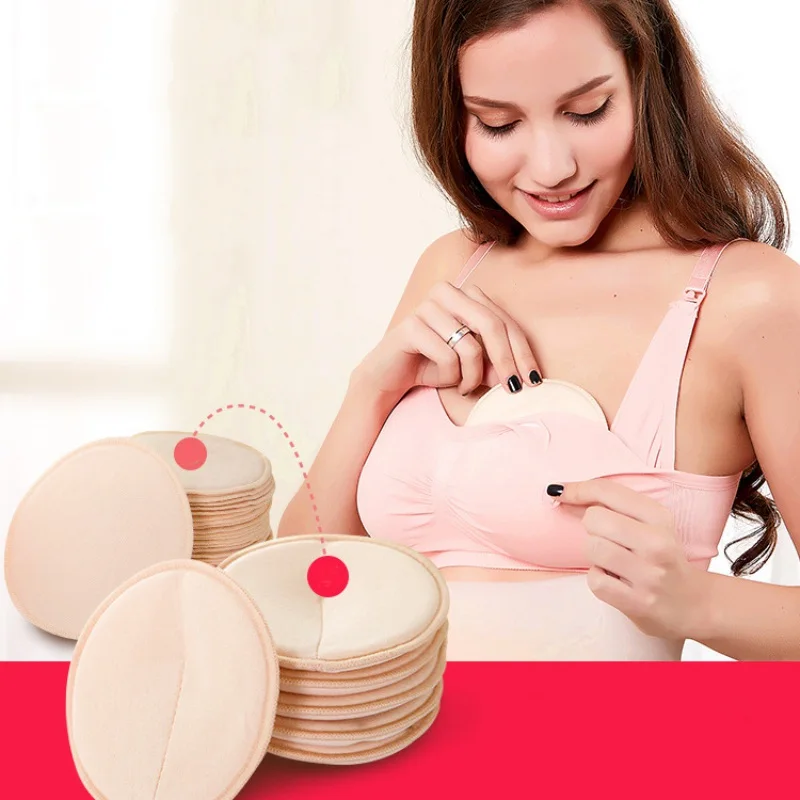 Natural feeding provides active development of the nervous system of the baby, a sufficient amount of essential fats and sugars allows you to form the makings of strong intellectual thinking, memory, intelligence.
Natural feeding provides active development of the nervous system of the baby, a sufficient amount of essential fats and sugars allows you to form the makings of strong intellectual thinking, memory, intelligence.
How is emotional closeness with mother during lactation ?
- natural feeding in an absolutely inexplicable way allows you to establish a tactile and psychological contact, that connection between mother and child, about which philosophers argue, poets write songs, praise in art and sing in legends. During breastfeeding, the child in the arms of the mother feels in security, learns to trust it. His warmth warms him and he becomes more relaxed and happy. Together with milk, the child scoops up a piece of himself. of his own person, which is why lactation is indispensable. If need feeding a child with breast milk for many mothers is dictated by the desire to grow healthy and strong baby, then about the invaluable benefits of feeding for the female few people think about the body.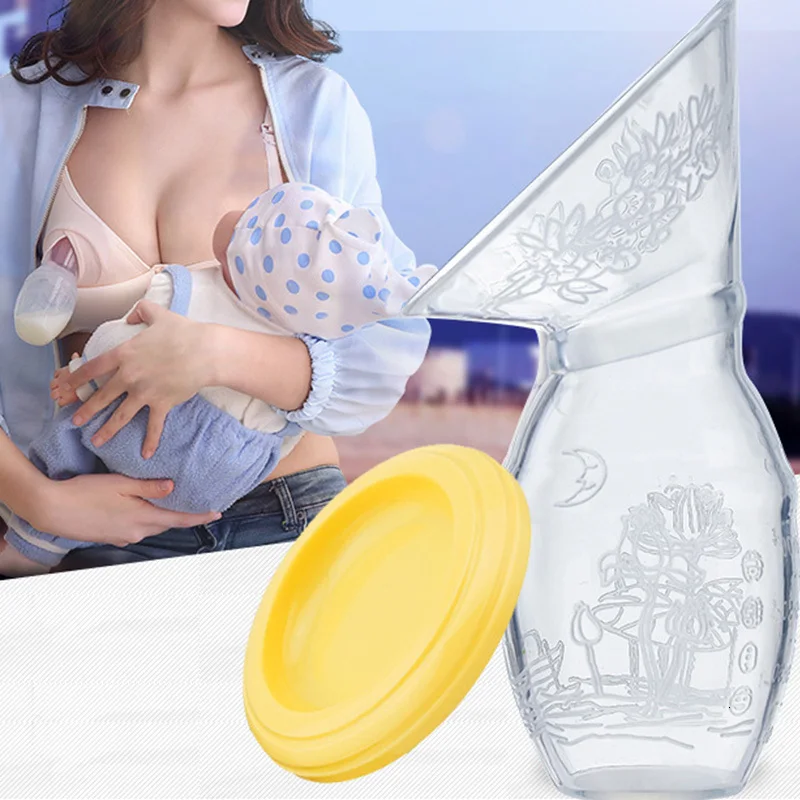 Moreover, it is believed that feeding breast negatively affects its shape or in general exhausts the body, this is a kind of victim of a loving mother. This is the deepest delusion, since numerous medical studies have shown that lactation is the most positive and unique affects the body of a young mother in both short and long term perspective. During pregnancy women gain excess weight, some of which persists for some time after childbirth. While in the body of a nursing mother, part of the calories melts naturally, bottle-feeding women should make every effort from the outside to eliminate excess weight. lactation is active metabolic process, during which about 200-500 calories per day. A non-nursing mother must swim at least 30 pools or ride a bike uphill for an hour daily to spend as much the same calories. It would seem that in common in cancer and mental illness. Both of them are often defined hormonal and metabolic changes. normal metabolism and the normal course of hormonal changes, which during pregnancy and a woman undergoes lactation, reduce the risk of developing depression and various types cancer in the future.
Moreover, it is believed that feeding breast negatively affects its shape or in general exhausts the body, this is a kind of victim of a loving mother. This is the deepest delusion, since numerous medical studies have shown that lactation is the most positive and unique affects the body of a young mother in both short and long term perspective. During pregnancy women gain excess weight, some of which persists for some time after childbirth. While in the body of a nursing mother, part of the calories melts naturally, bottle-feeding women should make every effort from the outside to eliminate excess weight. lactation is active metabolic process, during which about 200-500 calories per day. A non-nursing mother must swim at least 30 pools or ride a bike uphill for an hour daily to spend as much the same calories. It would seem that in common in cancer and mental illness. Both of them are often defined hormonal and metabolic changes. normal metabolism and the normal course of hormonal changes, which during pregnancy and a woman undergoes lactation, reduce the risk of developing depression and various types cancer in the future.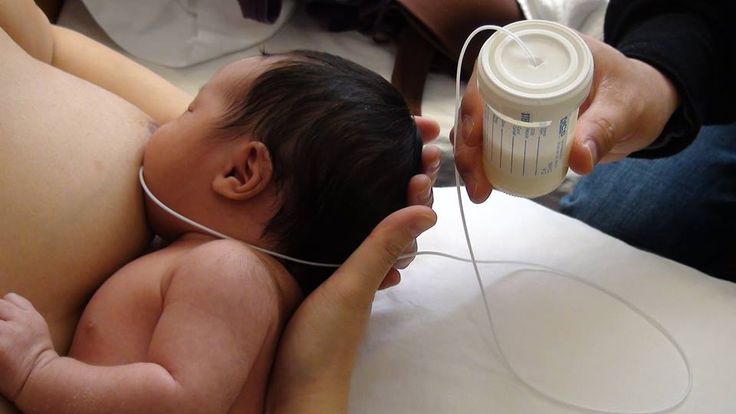 In addition, medical statistics claim that a higher risk face cancer of the mammary glands and genital organs have nulliparous, and also non-breastfeeding women.
In addition, medical statistics claim that a higher risk face cancer of the mammary glands and genital organs have nulliparous, and also non-breastfeeding women.
What advice can you give about feeding your baby?
- lactation process stabilizes by 6-12 days from the birth of the child. Until then, no as much milk as colostrum. It is somewhat different in quality from the future milk and, of course, by quantity. Production of 2-5 ml of colostrum is quite enough for the baby (his kidneys can only process this for now), the benefits for him and his mother is invaluable. From colostrum, the child will receive immunoglobulins, capable of protecting it from potential pathogenic flora from the birth canal. Partly for this, they put the baby to the chest in the first minutes after birth. The second task is the benefits of the start of lactation for the mother's body. (promoting uterine contractions). The exception to this course of events is usually are: caesarean section with general anesthesia, antibiotics or stay of the mother in intensive care, high blood loss during time of birth.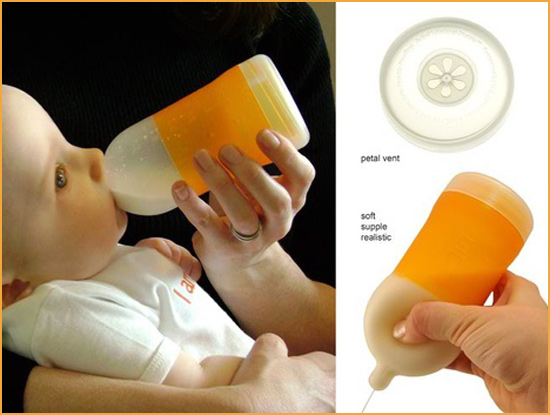 If in the first days after childbirth, feeding is not possible, it is recommended to express milk with your hands or with using a breast pump. If the fluid does not leave the chest, it will develop lactostasis, followed by mastitis. Regular outflow of milk from the first days after childbirth is the key to a long, full lactation in the future. First 6 weeks after childbirth, young mothers are recommended to put the baby to the breast at the first requirement. At the same time, you do not need to create schedules and modes, but only listen to your baby - now all vital attitudes and contact are being developed. The first 3 months of lactation, and sometimes even at the 7-8th month of feeding, so-called milk crises are observed. At this time, it may seem the amount of milk decreases and it is during these intervals that many mothers stop breastfeeding. If you still give the baby a breast, without additional feeding with artificial mixtures, but with frequent approaches, then after 3-6 days of such a crisis, lactation will be restored again.
If in the first days after childbirth, feeding is not possible, it is recommended to express milk with your hands or with using a breast pump. If the fluid does not leave the chest, it will develop lactostasis, followed by mastitis. Regular outflow of milk from the first days after childbirth is the key to a long, full lactation in the future. First 6 weeks after childbirth, young mothers are recommended to put the baby to the breast at the first requirement. At the same time, you do not need to create schedules and modes, but only listen to your baby - now all vital attitudes and contact are being developed. The first 3 months of lactation, and sometimes even at the 7-8th month of feeding, so-called milk crises are observed. At this time, it may seem the amount of milk decreases and it is during these intervals that many mothers stop breastfeeding. If you still give the baby a breast, without additional feeding with artificial mixtures, but with frequent approaches, then after 3-6 days of such a crisis, lactation will be restored again. No young mother is immune from periodic deterioration of lactation. Elimination of adverse factors contributes to the normalization of the lactation process. Among the main reasons are:
No young mother is immune from periodic deterioration of lactation. Elimination of adverse factors contributes to the normalization of the lactation process. Among the main reasons are:
- violations in the regime baby feeding,
- irregular breast attachment,
- long breaks between feedings
- sluggish sucking baby chest,
- stress factor.
- How to set the power supply correctly?
- Feeding mode it is not necessary to install at all, it can have the opposite effect. Pediatricians It is recommended to give a newborn a breast on demand, while not impose it with any anxiety - perhaps the baby is experiencing a temperature discomfort, or soiled diaper, or just wants to communicate. From 3-4 days of life the child asks for breasts up to 12-20 times a day, the interval between feeding can range from 15 minutes to several hours.




